Affiliate links on Android Authority may earn us a commission. Learn more.
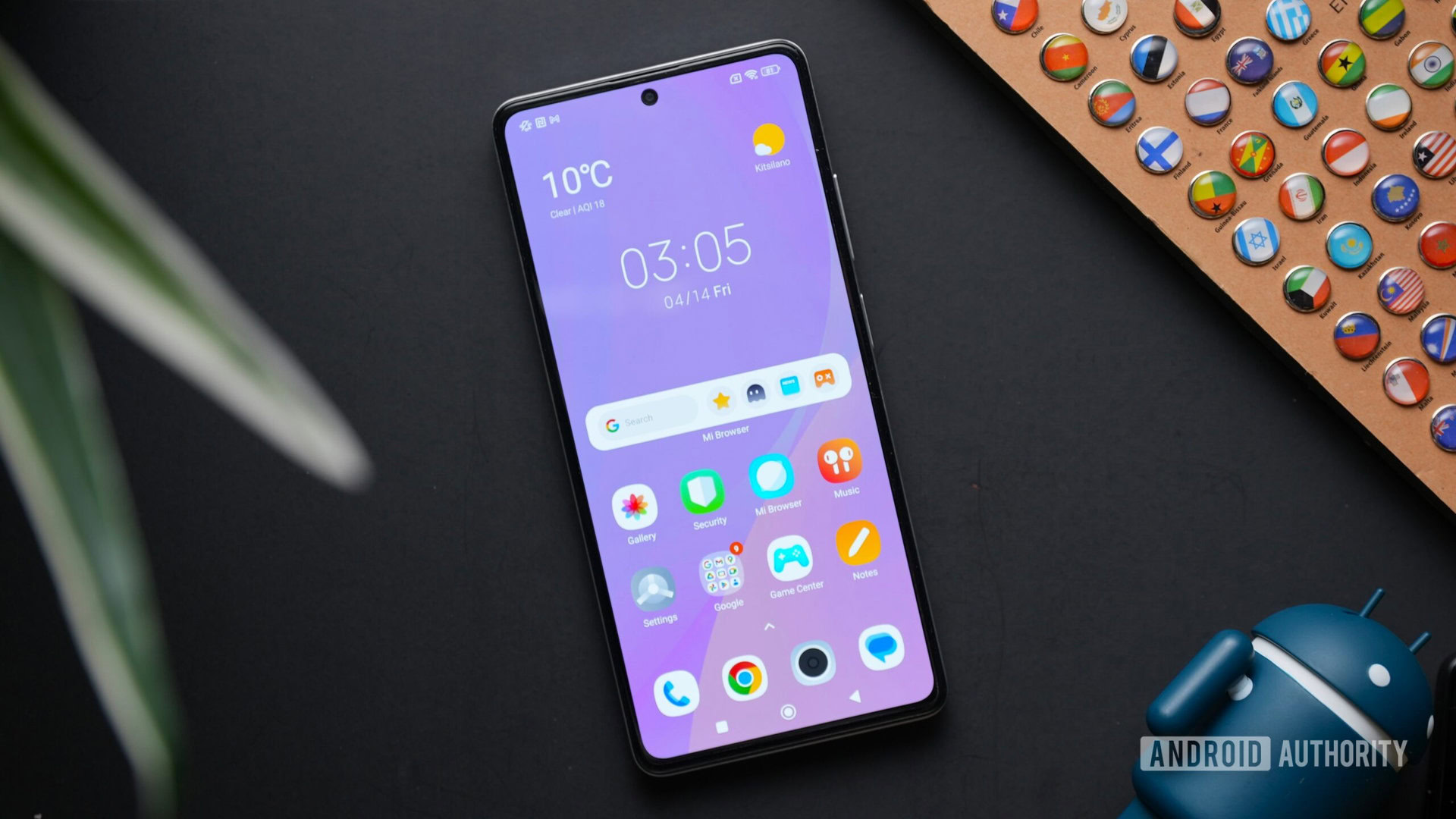
Xiaomi Redmi Note 12 Pro Plus
What we like
What we don't like
Xiaomi Redmi Note 12 Pro Plus
With the Note 12 Pro Plus, Redmi is aiming to deliver top-tier specs, such as a 200MP camera, a big AMOLED display, and support for 120W fast charging, all for half the price of heavy hitters like the Google Pixel 7a or Samsung Galaxy A series. But can it compete with the best Android phones, or is it too good to be true, cutting corners to get there? Find out if the phone has bit off more than it can chew or if it comes out as a top mid-range contender in Android Authority’s Redmi Note 12 Pro Plus review.
Redmi Note 12 Pro Plus review: What you need to know
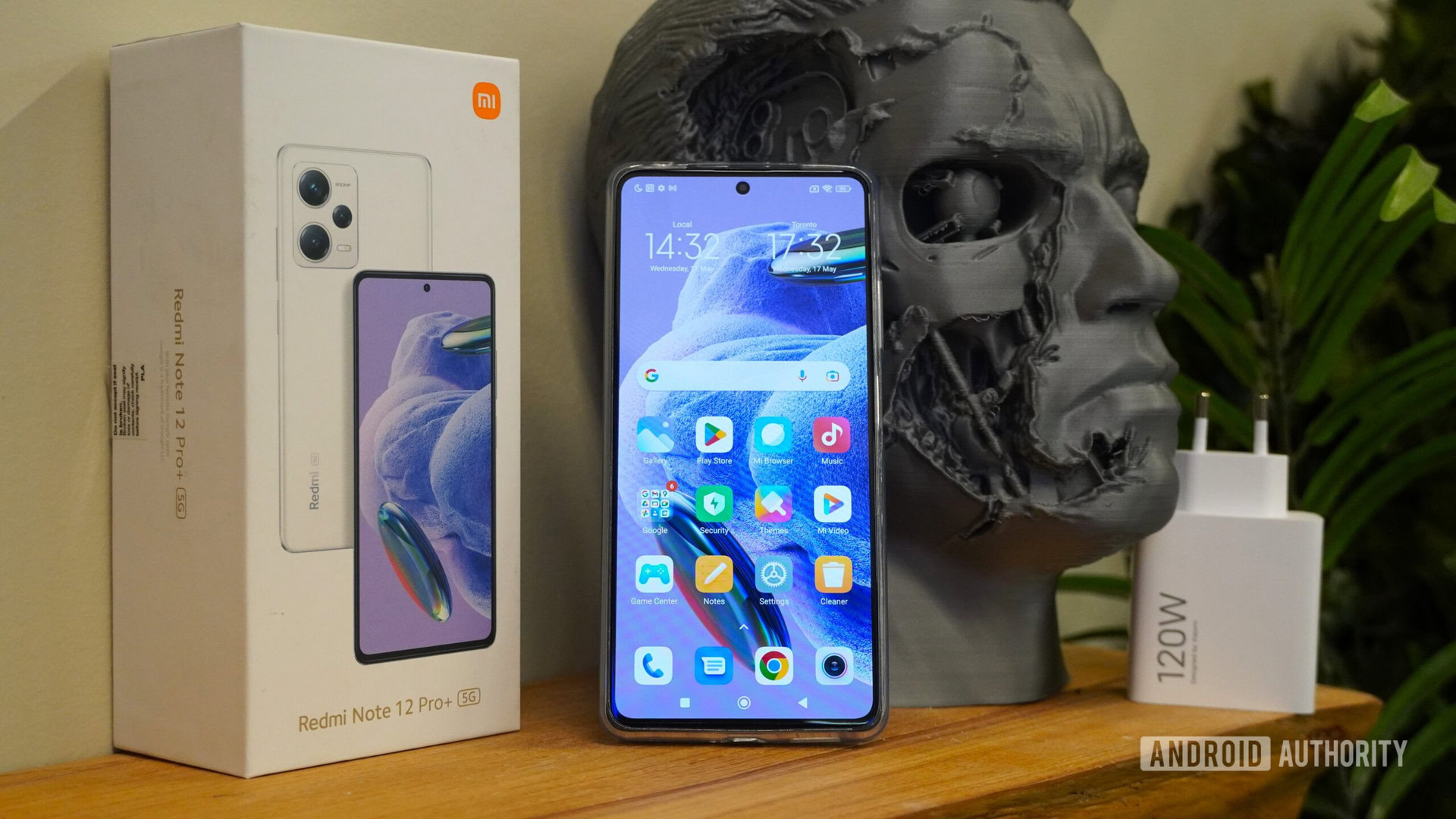
- Redmi Note 12 Pro Plus 5G (8GB/256GB): £449.99 / €499.90 / ₹33,999
The Redmi Note 12 Pro Plus is the top smartphone from the Xiaomi sub-brand for 2023. It is the more premium handheld of the Redmi Note 12 series, bringing a bigger primary camera and faster charging over the Redmi Note 12 Pro. It also features thinner bezels and more subtle curves around the edges than the completely flat back of the Note 12 Pro, making it easier to hold. Both have Gorilla Glass 5 front and back with a plastic frame, though the 12 Pro Plus is roughly 20 grams heavier than the 12 Pro.
The Redmi Note 12 Pro Plus carries over many of the selling points of the Redmi Note 11 Pro 5G from the previous generation, such as those aforementioned speedy 120W charging capabilities. Moreover, it houses a better chipset and a bigger battery. However, the most eye-catching addition is the sizeable 200MP camera. It isn’t entirely uncommon to find big megapixel cameras on budget phones. For instance, the upcoming Realme 12 Pro Plus will feature a similar 200MP wide shooter. Although the Redmi Note 12 Pro Plus uses the recent Samsung Isocell HPX sensor, it isn’t the same Isocell HP2 in the Galaxy S23 Ultra, so don’t expect photos of equal quality on megapixels alone.
Redmi is swinging for the fences with some big specs to compete with popular mid-rangers
The Redmi Note 12 Pro Plus is more expensive than what Xiaomi phones typically go for (it’s £50 more than the 8GB/128GB Note 11 Pro Plus), but the brand is swinging for the fences with some big specs to compete at the price point of popular mid-range device series, like the Google Pixel 7a and Samsung Galaxy A54 5G. To help sweeten the deal, Xiaomi includes a 120W wall charger in the box, a USB-C cable, and a plastic phone case for good measure. The Note 12 Pro Plus comes with twice the storage of the Note 12 Pro at 256GB and 8GB of RAM. Neither phone has a microSD card slot for expandable storage.
Xiaomi first released the Redmi Note 12 series in China in October 2022, before an India launch in January 2023, followed by Europe in March 2023. As usual, none of the Redmi Note 12 series will officially come to North America. There are three color options for the Redmi Note 12 Pro Plus: Midnight Black, Polar White, and Sky Blue, and the phone runs Android 12 and MIUI 14 out of the box. The Redmi Note 12 Pro Plus is set to receive two OS updates and four years of security patches for its lifespan, which shows an improvement in the company’s update commitment, even if it doesn’t match Samsung and Google.
What I like about the Redmi Note 12 Pro Plus
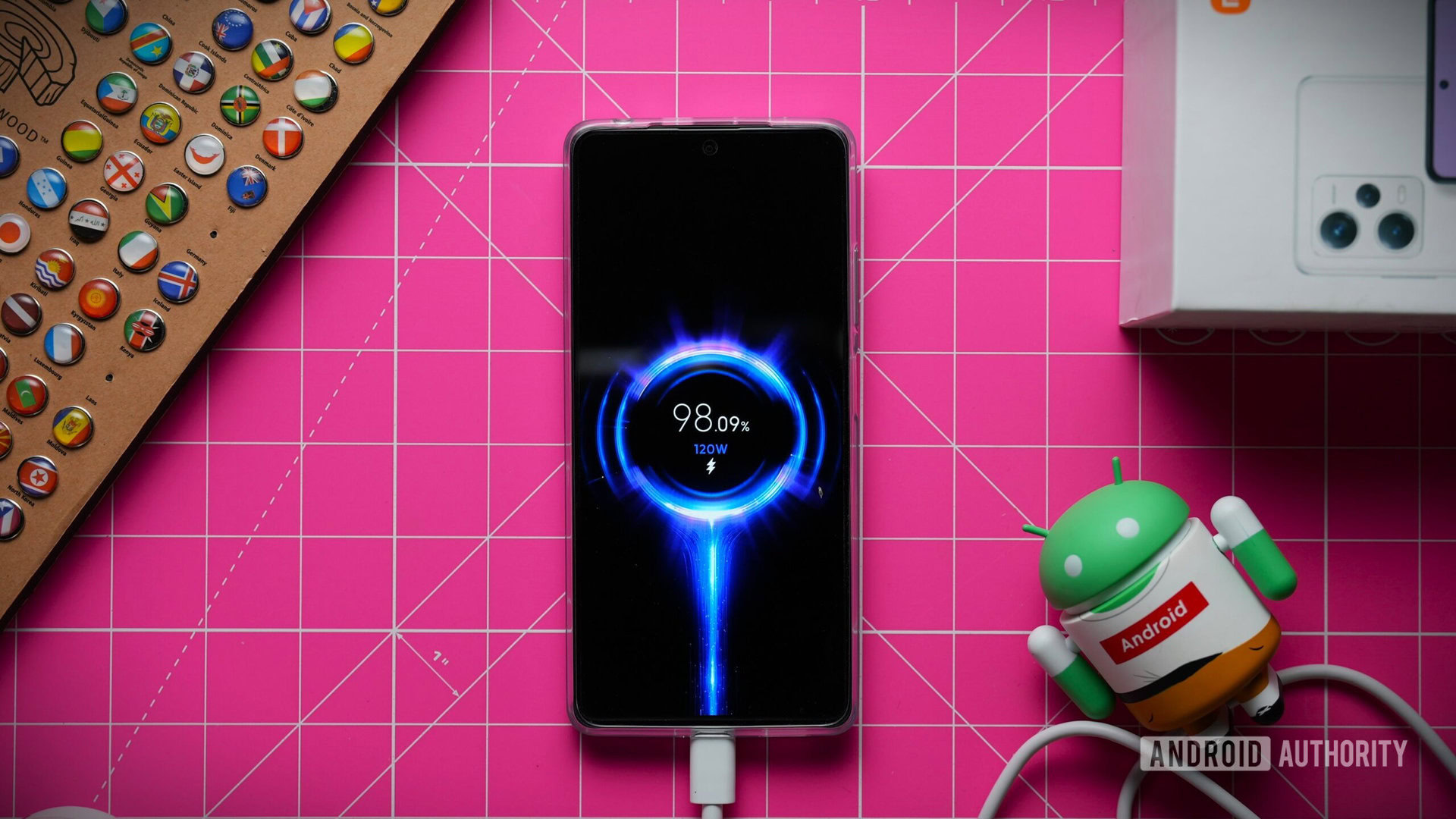
The Redmi Note 12 Pro Plus has a large 6.67-inch AMOLED display with support for HDR10 Plus. But despite a larger diagonal than, say, the Galaxy A54 5G, it does have a lower pixel density (~395ppi vs ~403ppi). Still, I found the colors to be very vibrant and punchy. I also appreciated the support for Dolby Vision, which improved contrast for streaming videos. It’s not the brightest panel out there, topping out at 900 nits, which can be dim outdoors, but the viewing angles compensate well. The fast 120Hz refresh rate makes for smooth scrolling and swiping, and the phone automatically dials down to 60Hz when you stop interacting with it, which I did find helpful in saving energy.
Powering the Redmi Note 12 Pro Plus is a MediaTek Dimensity 1080 chipset, an upgrade over the Dimensity 920 in the Redmi Note 11 Pro Plus. We’ve seen the same chipset in other recent mid-range phones, such as the Realme 10 Pro Plus and the Samsung Galaxy A34 5G. It may not be the biggest powerhouse in this class, but it is a respectable processor for the price range. In our benchmark testing, the Dimensity 1080 came up a tad short on the Exynos 1380 chipset found in the Samsung Galaxy A54 5G, which delivers higher GPU frequency and better battery life efficiency. It’s also left in the dust behind the Tensor G2 powering the Pixel 7a.
In my testing, the phone handled games well, and the Game Turbo mode helps to clear memory and dedicates all of the phone’s resources to your game if you need more oomph. When enabled, Game Turbo can boost the frames per second to 110, and in Performance Mode can reach up to 125, although the phone will get warm in hand despite the “Vapor Chamber cooling system.” I put the Redmi Note 12 Pro Plus through over an hour with Call of Duty Mobile, which performed best at low graphical settings with 60fps. On the other hand, games like Honkai: Star Rail could maintain very high graphics quality running at 30 fps, but only when Game Turbo was turned on. Basically, if you are going to be playing games, don’t have anything else running in the background.
The Redmi Note 12 Pro Plus features a pair of Dolby Atmos stereo speakers. Overall, I was satisfied with the sound quality; it delivered nice vocals and some bass while listening to music. At max volume, the audio output was loud, balanced, and without distortion. It’s also one of the increasingly few smartphones nowadays to sport a headphone jack for wired listening.
Between the 120Hz AMOLED display, Dolby Atmos speakers, and 5,000mAh battery, the Redmi Note 12 Pro Plus is an affordable media juggernaut.
Combine all the above with the 5,000mAh battery, and you have yourself an affordable media juggernaut. It’s a bigger battery than the 4,500mAh on the Redmi Note 11 Pro Plus, and I could average a full day’s use from a full charge on balanced mode with mixed-use, including a bit of gaming, video, streaming web browsing, and messaging. The best part was that I was never bothered or worried about battery drain because the phone supported 120W fast charging. The Redmi Note 12 Pro Plus can charge from zero to 100% in 25 minutes, which is extremely impressive. It only took roughly ten minutes to reach 50%, which is excellent for a quick top-up on the go.
Lastly, a few subtle touches from Xiaomi are worth mentioning since I found them to improve the overall experience. My favorite was the wide range of haptic feedback for different functions. You will feel a unique tactile sensation for things like unlocking the phone, multitasking, or reorganizing apps. It’s more than just a softer or more aggressive buzzing from the phone; there are different rhythms and pulses around other areas of the phone. The side-mounted fingerprint reader is also very snappy, and I had no issue unlocking the phone, even with sweaty palms.
What I don’t like about the Redmi Note 12 Pro Plus
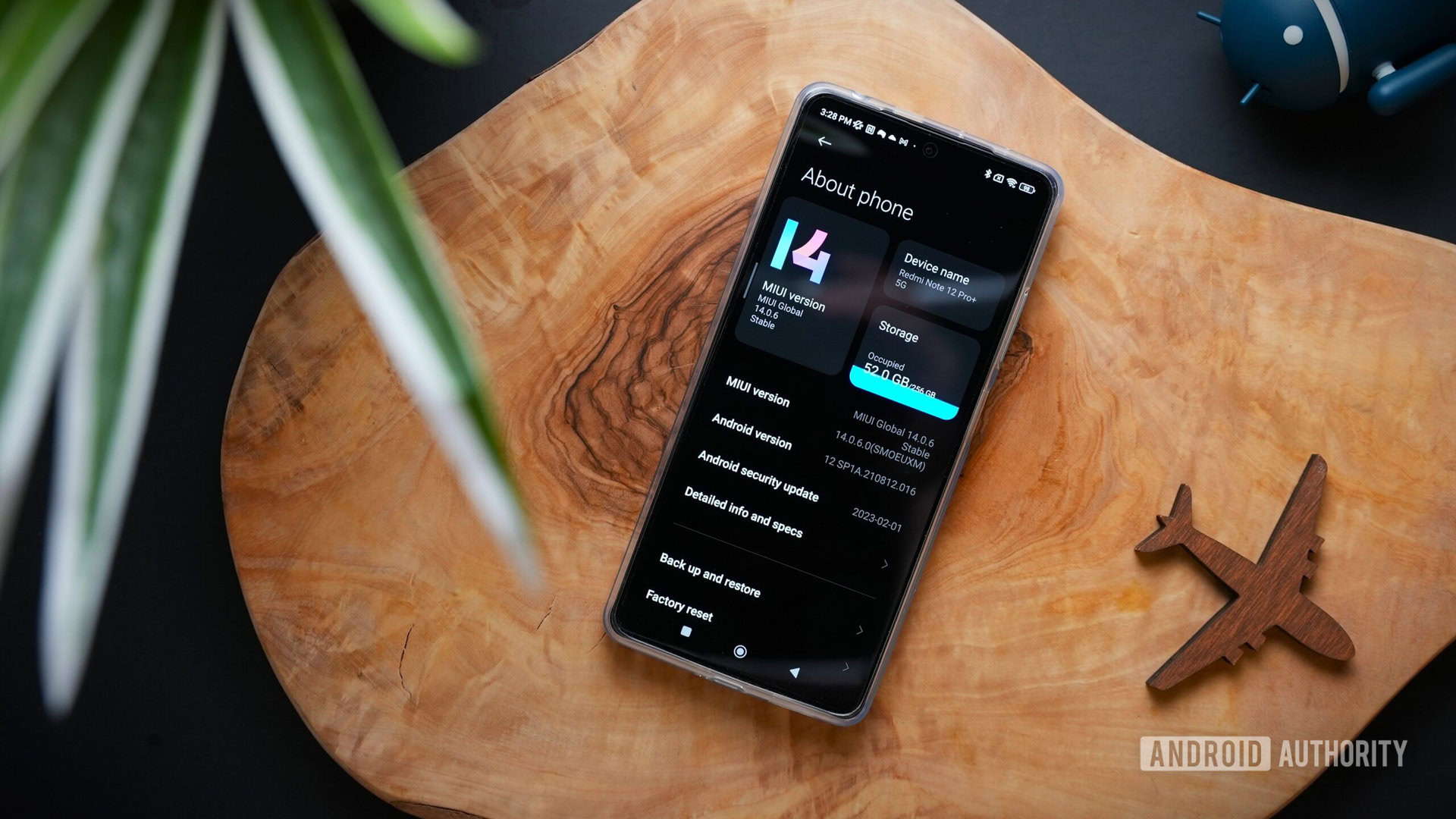
It’s a shame to see a brand-new phone in 2023 running outdated software out of the box. Android 13 has made its way to most handsets since its launch in August 2022, yet the Redmi Note 12 Pro Plus ships with Android 12. You get Xiaomi’s most up-to-date MIUI 14 interface skinned over that, though that also entails some bloatware. Xiaomi has added its suite of own apps for web browsing, managing files, taking notes, and viewing photos, which isn’t entirely unusual. However, there are a few cumbersome additions, such as folders for apps I won’t use, like AliExpress, QEEQ Car Rentals, and Solitaire. It’s a bit of a hassle to remove or disable from being your default apps, considering that all of Google’s equivalents can also be pre-installed on set-up. Some Google apps are also harder to find, such as the YouTube app appearing green instead of red.
The Redmi Note 12 Pro Plus' version of Android is outdated out of the box, and MIUI 14 is bloated.
There are a few silly guardrails in place, such as the fact that the “always” on display actually only stays on for ten seconds, and there’s no way to change it. It may be a minor gripe but still something I can’t help but scratch my head at. Xiaomi also made a couple of iOS-like tweaks to MIUI 14 in their quick settings and notification pulldowns from the home screen. It’s easy enough to navigate, but I would have preferred a more stock-like Android experience instead of trying to copy the iOS interface.
The Redmi Note 12 Pro Plus has a generous 256GB of storage. However, there aren’t any higher storage options to offset the lack of microSD support. The previous Redmi Note 11 Pro Plus supported up to 1TB of expandable memory, so this feels like a step back for buyers who want to store many files on their phones.
As for the phone’s build, the glass rear is highly prone to fingerprints, and the otherwise relatively premium vibe clashes with the wrap-around plastic frame. It sticks out and is the big visible giveaway that this phone is, in fact, not a proper flagship-tier product. I wish Xiaomi would have used the same metal from the rear camera module instead. The Redmi Note 12 Pro Plus also only has an IP53 rating, meaning it will survive a splash of rain but not a dip in the pool — not what we want to see from a phone just shy of £500.
Lastly, there is no wireless charging, which is a little disappointing since that’s how I usually charge my phone while at work with my wireless charging mousepad. While not all phones offer wireless charging in this price range, the Nothing Phone 1 and the Pixel 7a do.
Redmi Note 12 Pro Plus camera review
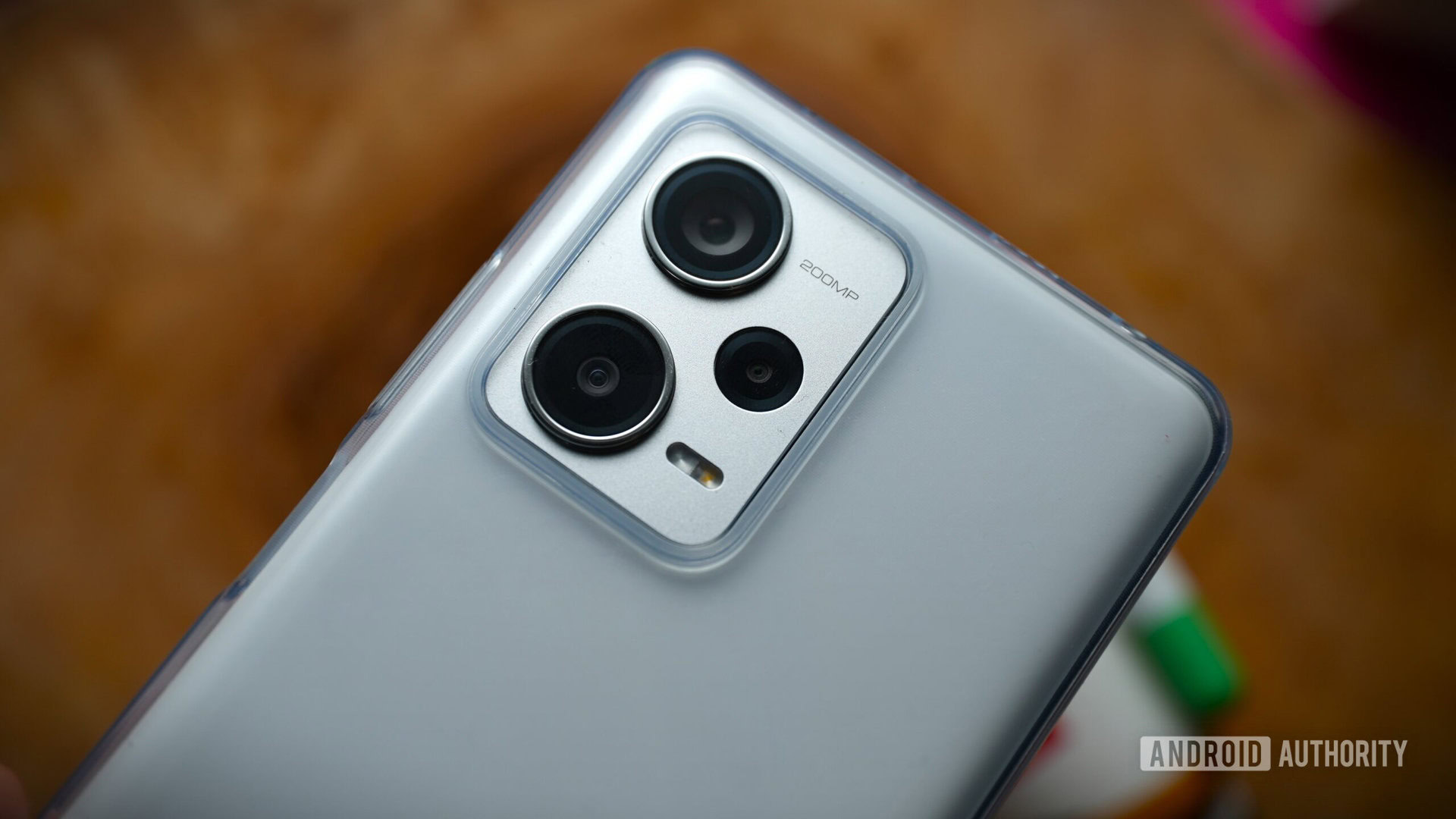
The Redmi Note 12 Pro Plus has a slightly lopsided rear camera rig. At the top is the star of the show, a 200MP wide lens, which is proudly marked as such on the module. The primary sensor offers a 1/1.4-inch sensor size and a tiny 0.56-micron pixel size, which is 12% smaller than the pixels found on the 200MP HP1 sensor (0.64-micron pixels) used in the Xiaomi 12T Pro and several Motorola flagships. Below that is a reasonably average 8MP ultrawide lens and a modest 2MP macro lens. Redmi also dropped the 2MP depth sensor found on the previous Note 11 Pro Plus, which makes sense since the phone’s software trickery can deliver the same effect.
For the most part, the primary camera delivers plenty of detail and rich color (despite the near-constant rain in Vancouver), and heavy contrast. There’s no dedicated telephoto hardware, which is to be expected. Still, the primary lens crops its sensor to achieve a similar end result of zooming in on subjects without losing too much detail up to 2x. Anything beyond that up to 10x will become increasingly blurry and pixelated.
Images pixel bin down to 12.5MP by default; there’s no option to shoot in RAW from the settings. However, there is an Ultra HD mode to preserve more detail at 50MP or the full 200MP. At first, I didn’t notice much difference between the 12.5MP and 200MP shots in mixed or low-lighting conditions, that is, until I pixel-peeped. There is noticeably more detail when cropping into the image, but it also entails a much larger file size, so I found shooting at 50MP to be a solid middle ground. You can see a few examples below, or check out this Drive for a more extensive selection of samples.
There is a noticeable drop-off in quality moving to the 8MP ultrawide. It has a useful 120-degree field of view, but detail, exposure, and color accuracy are slightly compromised compared to the primary shooter. The macro is even worse and doesn’t make much difference for close-up shots unless the lens is right up against whatever you are photographing. Perhaps there would be better results if Redmi had included the higher-res 5MP macro camera from the Note 10 Pro Plus.
As is typical for Redmi phones, the beauty mode is enabled by default when using the 16MP front-facing camera. Switching off is easy, but you might be surprised at the excessive face smoothing in those first few shots. Otherwise, the selfie shooter captures skin tones accurately, and in portrait mode, edge detection is decent enough, even without a depth sensor.
The cameras stay fairly responsive at nighttime, and the dedicated low-light mode helps avoid blurry snaps. However, pictures aren’t without image noise, and while colors remain accurate, it can take a little longer to focus on dimly lit subjects. There’s no doubt that the Pixel A series is still the low-light champion at this end of the price spectrum.
The primary camera lets you capture 4K videos at a frame rate of up to 30fps, which is a pretty big compromise at this price, given that Samsung and Google both offer 4K at 60fps. As such, recordings can be a bit shaky, even though they are well-balanced with true-to-life colors with minimal noise. The selfie camera’s 1080p videos are decent enough, delivering ample detail and rich contrast. The subjects are nicely lit when given plenty of light, though the background may occasionally appear overexposed due to the limited dynamic range.
Redmi Note 12 Pro Plus specs
| Redmi Note 12 Pro Plus | |
|---|---|
Display | 6.67" FHD+ AMOLED 120Hz refresh rate 2,400 x 1,080 pixels, 20:9 ratio |
Processor | MediaTek Dimensity 1080 |
Memory and Storage | 8GB RAM / 256GB 12GB of RAM with Memory extension |
Battery | 5,000mAh 120W in-box charger |
Cameras | Rear: - 200MP wide, f/1.65, OIS - 8MP ultra-wide, f/2.2 - 2MP macro, f/2.4 Front: - 16MP wide, f/2.5 Video: Rear: - 4K at 30fps Front: - 1080p at 60fps |
Connectivity | Dual SIM 5G Wi-Fi 6 Bluetooth v5.2 NFC |
Audio | Dual stereo speakers Dolby Atmos 3.5mm jack |
Size and weight | 162.9 x 76 x 8.9mm (6.41 x 2.99 x 0.35 in) 210.5g |
Should you buy the Redmi Note 12 Pro Plus?
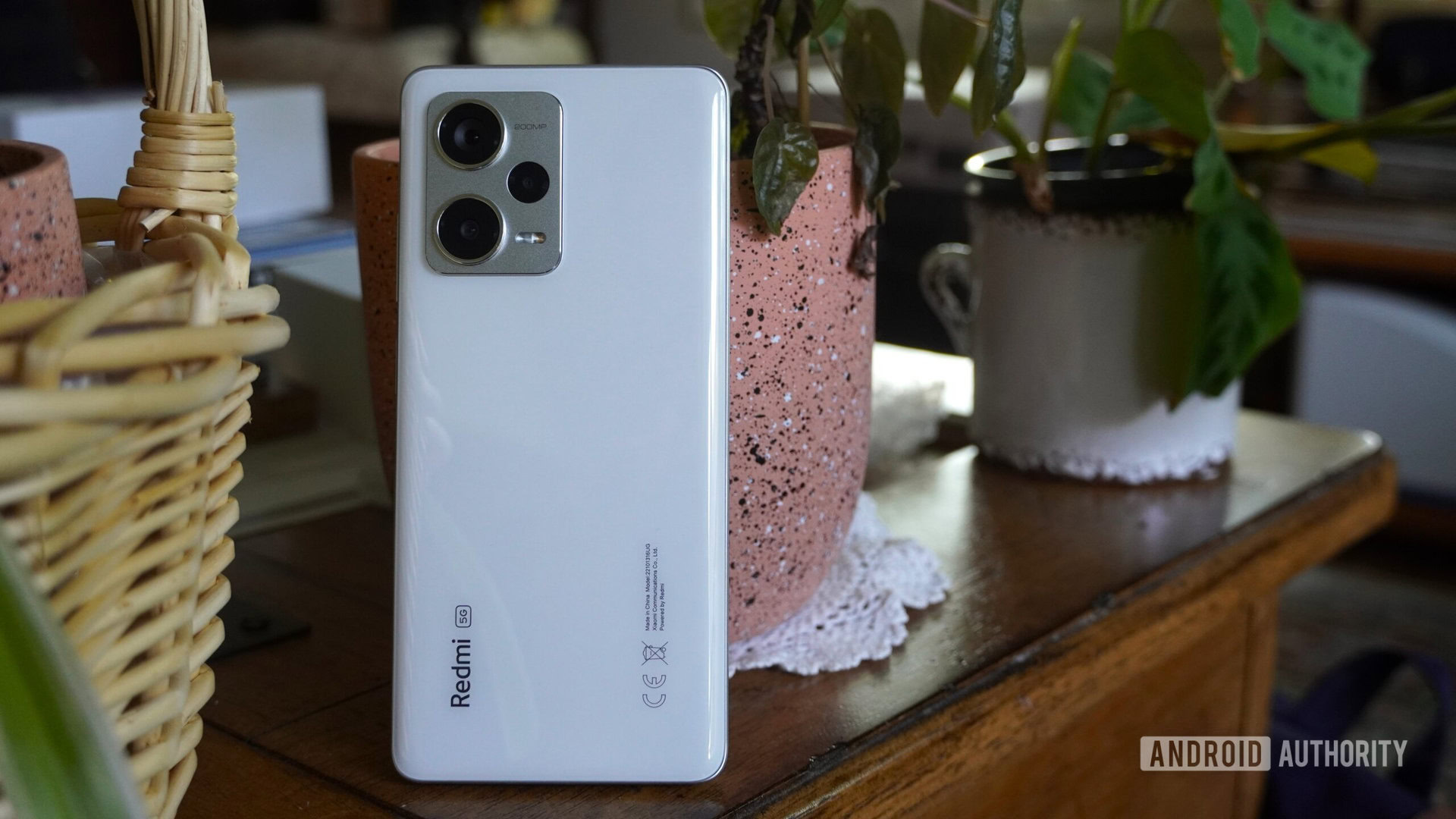
Overall, the Redmi Note 12 Pro Plus is a decent smartphone with several premium features that have trickled down to the mid-range market. The 200MP primary camera is a big selling point delivering plenty of detail, but other mid-range phones with lower-megapixel sensors can take comparable-or-better pictures with less underwhelming peripheral cameras.
Instead, I found the most significant advantage to be the super-fast 120W wired charging, which makes it an excellent choice for those who want an affordable phone that can juice up in literal minutes. And if you can overlook the bloatware, there are some pretty nice perks for media consumption. The sharp 120Hz AMOLED display and the Game Turbo mode for gaming are standout features.
The Redmi Note 12 Pro Plus packs a powerful primary shooter, charging, and display, but the rest feels unpolished.
Ultimately, it feels like Redmi has put everything into those three departments at the expense of the rest. Although the Redmi Note 12 Pro Plus will have two OS updates, running Android 12 in 2023 means that it will only get you to Android 14. And between the shaky 4K video and the mediocre performance benchmarks, it’s just one too many compromises to justify the price tag when you could spend the same money on the Samsung Galaxy 54 5G ($379.5 at Amazon), the Google Pixel 7a ($477 at Amazon), or even last year’s Pixel 6a for less ($314 at Amazon).
The Redmi Note 12 Pro Plus is powerful in places but unpolished in some key areas that could have made it that much better. It’s still a solid phone, but perhaps wait until the inevitable sale prices kick in.

Redmi Note 12 Pro Plus review: Q&A
The Redmi Note 12 Pro Plus retails for £414.99, €454.90, or 31,999 rupees.
Yes, the Redmi Note 12 Pro Plus supports 5G connectivity.
No, the Redmi Note 12 Pro Plus does not support wireless charging.
The Redmi Note 12 Pro Plus has an IP53 rating providing minimal water and dust resistance.
Yes, the Redmi Note 12 Pro Plus has Gorilla Glass 5 display protection.